For over 40 years, some of the most incredible and beautiful places in the world have been placed on UNESCO’s World Heritage Site list.
Places on the list are granted certain legal protections, get support with repairs and restorations and can also benefit from increased tourism.
Recognising locations and landmarks with natural or cultural significance, the list includes places such as the city of Venice, the ancient Incan city of Machu Picchu in Peru, the Statue of Liberty in New York and Egypt’s Pyramid Fields.
As well as these wonders of the world, there are some heritage sites much closer to home. ¥ÛœÛ¥´√Ω Bitesize takes a look at five places on the list in the UK.
Saltaire
The West Yorkshire village of Saltaire was added to the World Heritage Site list in 2001, recognised for its international influence on town planning. It takes its name from both its founder, Sir Titus Salt and the River Aire which runs through the village.
Salt made his fortune in textiles in nearby Bradford but, in the mid-19th Century, wanted to relocate both his business and the factory’s employees. He asked local architects Henry Lockwood and Richard Mawson to plan a new community away from the direct hustle and bustle of the city, aiming to produce a healthier, happier workforce. This place would eventually become Saltaire.
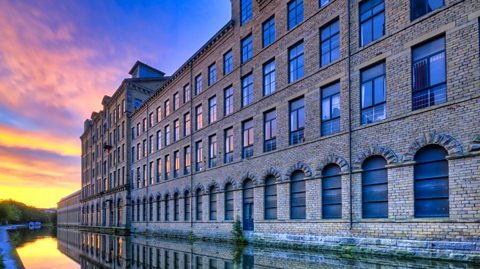
The village was designed in a classical style, taking influence from the Italian Renaissance and originally featured more than 800 homes, two churches, a school and a hospital. It’s now become one of the region’s most desirable places to live and the former mill, which forms the centrepiece of the village, now plays host to an art gallery, restaurants and shops.
Giant’s Causeway
Northern Ireland’s only entry in the World Heritage Site list is Giant’s Causeway and the Causeway Coast in County Antrim, in the north of the country.
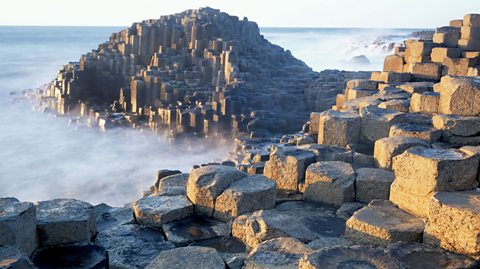
Declared a World Heritage Site in 1986, it’s thought Giant’s Causeway was formed around 60 million years ago following volcanic activity in the area - although local mythology suggests the giant Finn McCool might have been responsible for creating it.
Around a million people visit the site each year to see the approximately 40,000 basalt rock columns. Giant’s Causeway made the list for being an area of exceptional natural beauty and for representing major stages of Earth’s geological history.
Pontcysyllte Aqueduct and Canal
Spanning two countries, this 11-mile (17.7km) section of canals, aqueducts, tunnels and bridges in Wales and England was added to the list in 2009.
Civil engineer Thomas Telford was behind the project, which was completed in 1805 after ten years of designing and building.
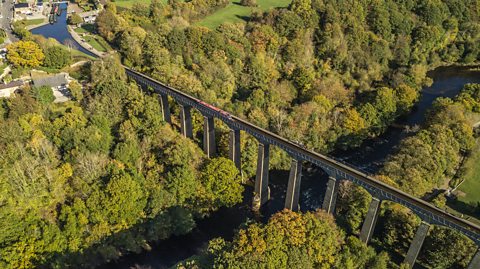
The aqueduct was constructed using metal arches supported by tall, slender masonry piers and is a lasting example of the innovations of the Industrial Revolution.
Pontcysyllte – which in Welsh means ‘the bridge that connects’ – carries narrowboats to this day and is the highest canal aqueduct in the world.
Cornwall and West Devon Mining Landscape
Spread over 20,000 hectares, the Cornwall and West Devon Mining Landscape is the largest industrial World Heritage Site in the UK.
The area was transformed in the 18th and 19th Centuries through deep mining for copper and tin – materials which helped to pioneer technological developments such as steam engines.
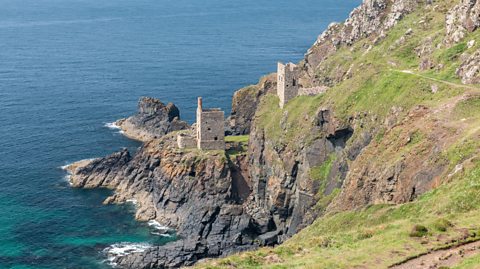
Some of the engineering developments innovated in the area were exported around the world – it’s believed that Cornish mineworkers took their processes and technology to more than 175 places, creating a legacy worthy of World Heritage status.
The site is made up of ten mining areas and more than 200 engine house sites, which were home to the steam engines used in the mining process. Remnants of the early 19th-Century transport networks – such as railways, canals, ports and quays - can now be explored by visitors by foot, bicycle or boat.
Isle of St Kilda
Approximately 40 miles (60km) to the west of the Outer Hebrides, off the coast of Scotland, sits St Kilda.
This archipelago – also known as an island group – is the only place in the UK to hold dual World Heritage Site status, acknowledged for both its cultural and natural impact.

St Kilda was formed from the rim of an ancient volcano more than 50 million years ago and has the UK’s highest sea cliffs.
The archipelago had been home for people for more than 4,000 years but is now uninhabited – with the final 36 residents evacuated in 1930. They chose to leave because they no longer felt life on the islands was sustainable given they were so remote.
But St Kilda isn’t entirely empty – it’s home to a million seabirds including the UK’s highest colony of Atlantic puffins.

Five of the world’s most unusual museums
The collections which focus on legendary creatures, pigs, espionage - and poo

Six unusual bridges from around the world
From a bridge built in three days, to one that's held in the hands of a god, these are six incredible bridges that you might not have heard of.
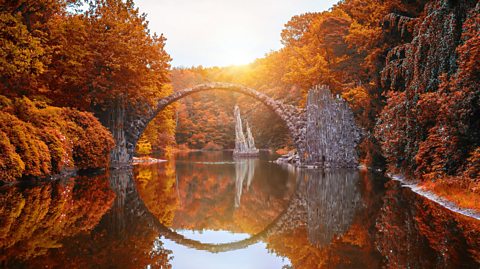
Six of the world’s most amazing railway journeys
From the highest railway to one of the longest, these aren't any ordinary train journeys.
